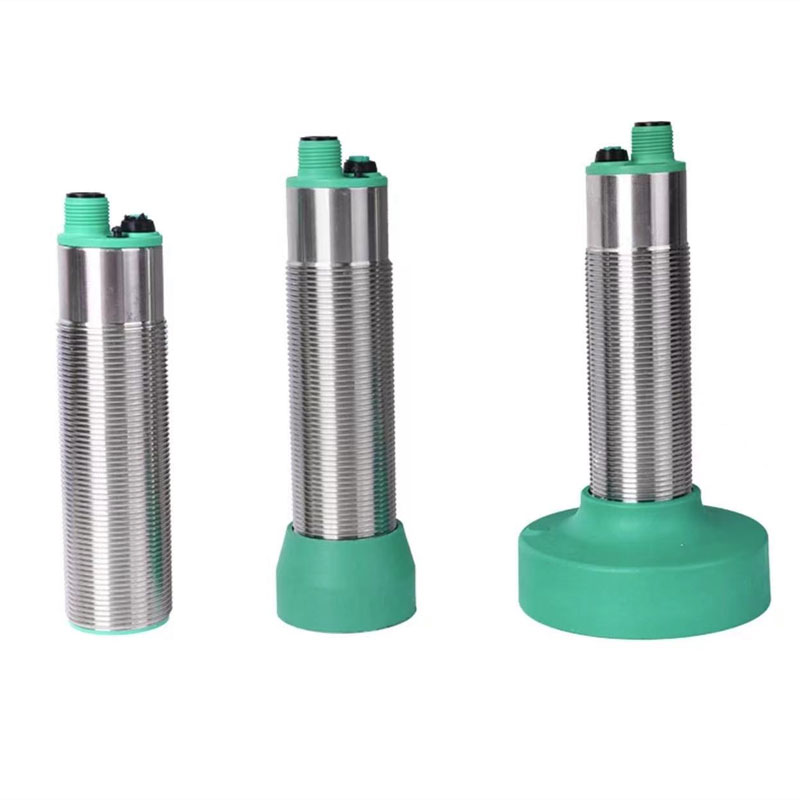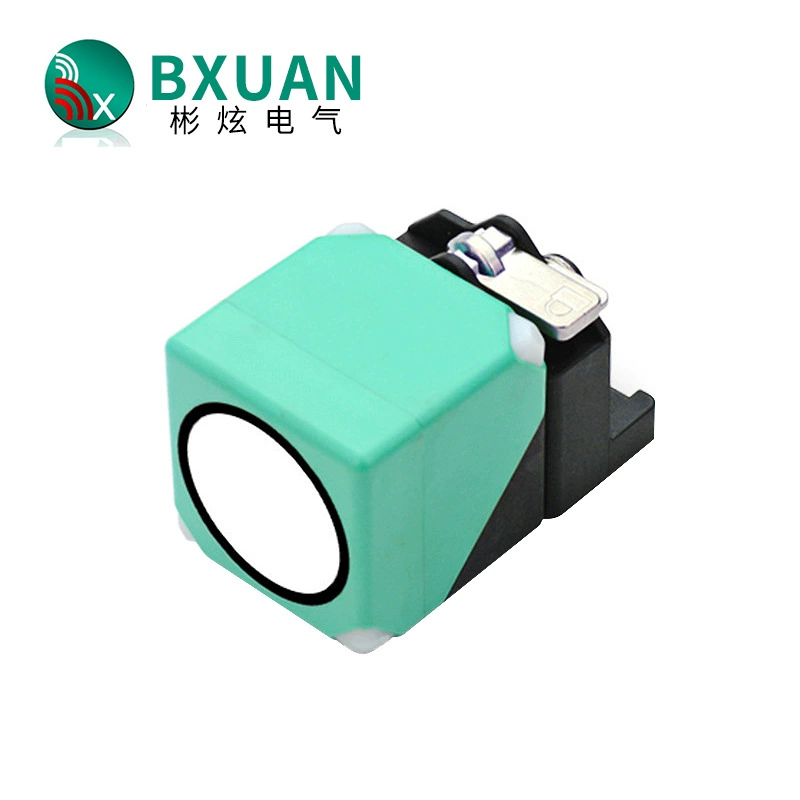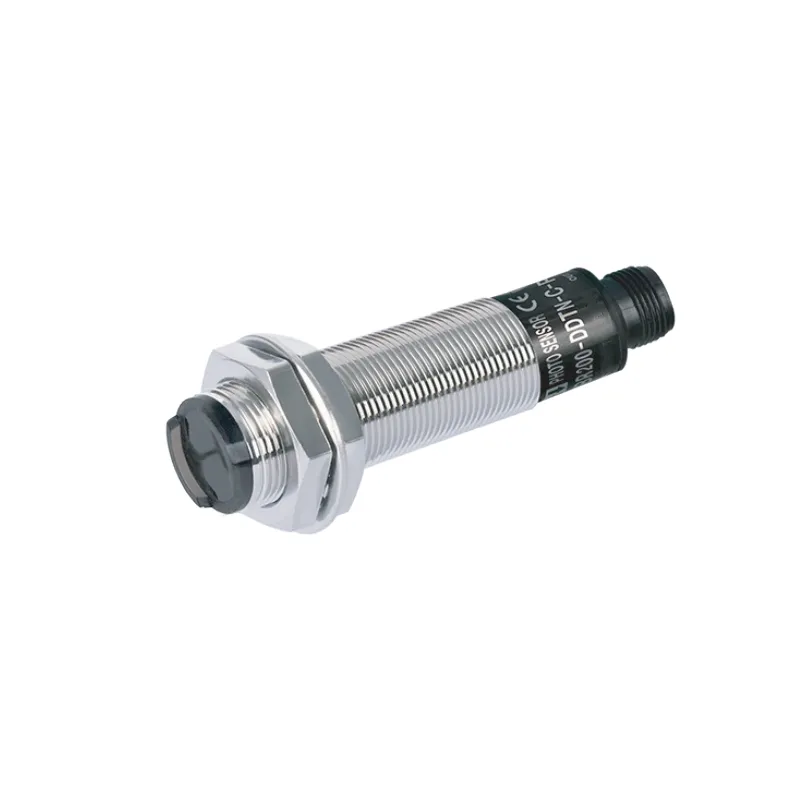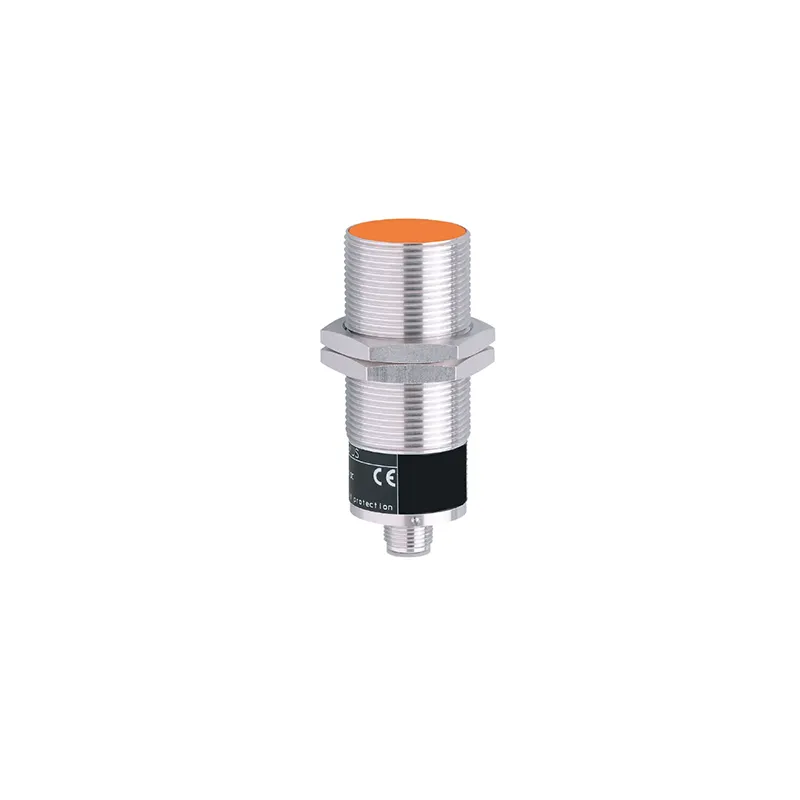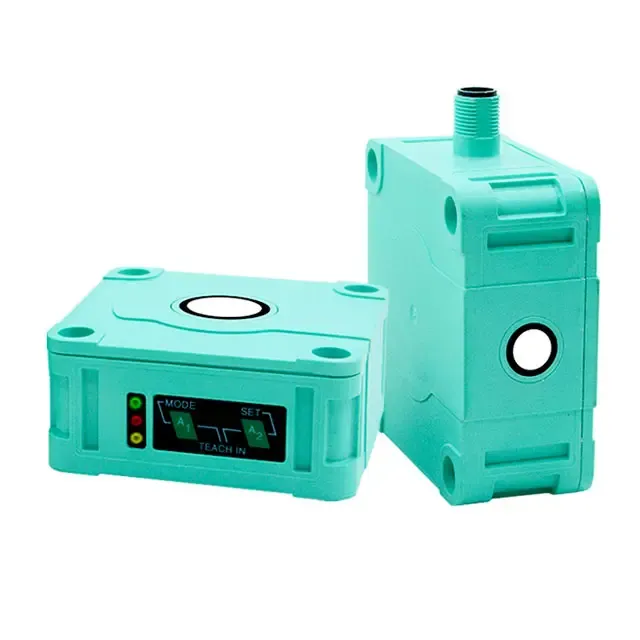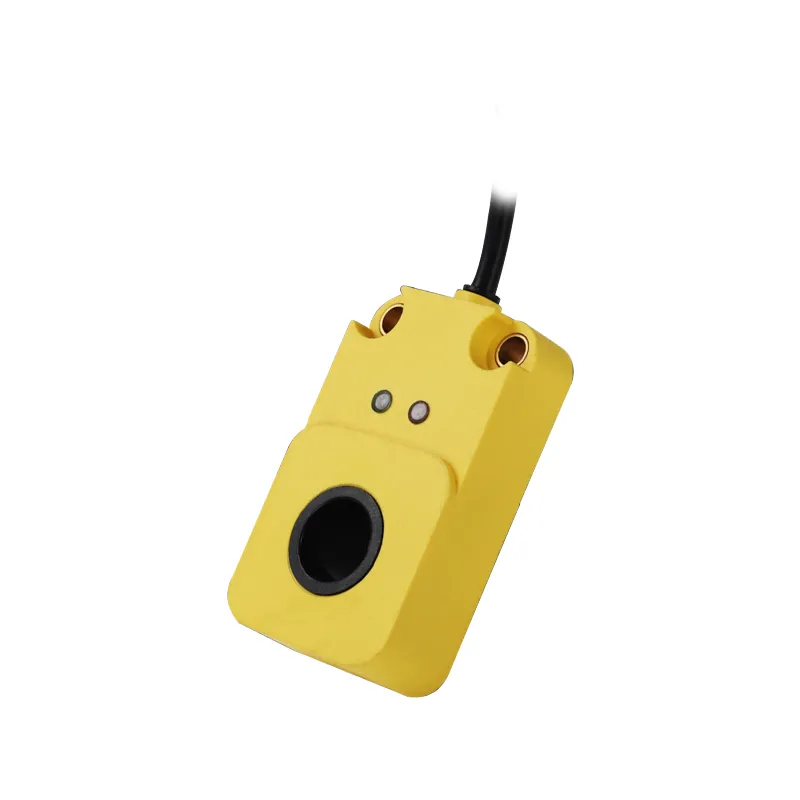4 wire proximity switch
A 4 wire proximity switch is an advanced sensing device that operates without physical contact to detect the presence or absence of objects. This sophisticated sensor consists of four distinct wires: two for power supply (typically positive and negative) and two for the discrete output signals. The device utilizes electromagnetic fields, capacitive sensing, or optical technology to detect nearby objects, making it highly reliable in industrial automation applications. The 4 wire configuration offers enhanced functionality compared to 2 or 3 wire alternatives, providing both normally open (NO) and normally closed (NC) output options simultaneously. This versatility allows for more complex control systems and redundancy in critical applications. The sensor's detection range varies depending on the target material and environmental conditions, typically spanning from a few millimeters to several centimeters. Modern 4 wire proximity switches often incorporate LED indicators for power and detection status, making troubleshooting and maintenance more straightforward. They are designed to operate in harsh industrial environments, featuring robust housings that protect against dust, moisture, and mechanical stress. The technology has evolved to include advanced features such as adjustable sensitivity, protection against false triggering, and compatibility with various industrial communication protocols.

